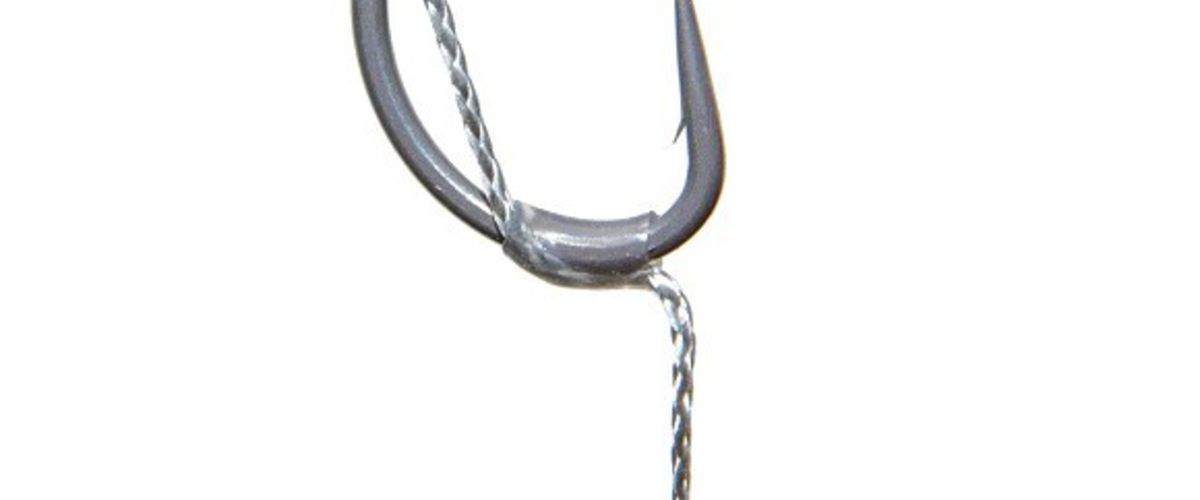
10 steps to making your rigs more efficient
Jake Lund reveals his top ten tips and tweaks towards tying more efficient rigs
The mechanics of your rig is something that is extremely important to understand if you want to make the necessary tweaks and changes to make them more efficient. Carp regularly get away with it; so the more we can do to convert pick-ups into fish on the bank the better. Here are my top ten ‘little things’ to consider and think about when tying up rigs.
1 Silicone tubing
“A small piece of silicone tubing at the end of the hooks curve can seriously increase the chances of your hook turning and taking hold in the bottom lip. Not only this, but it will also help to identify times when you have received an aborted pick, as the silicone will have slid up the shank. A small 3mm length is all that is needed to create this effect.”
2 Use a kicker
“Line-aligners help to create a really aggressive angle that enables the hook to turn into the carps bottom lip once the rig has tightened to the lead. The difference one of these little gadgets will make is unbelievable, so give them ago.”
3 Stiffen-up
“There are many different hooklink materials on the market, all of which have many applications. For nearly 90% of my bottom-bait fishing I much prefer to employ a stiffer coated braid, as this really helps to kick the hookbait out away from the lead. This means that when a carp picks up your hookbait, there is very little movement before the fish feels the direct weight of the lead.”
4 Prevent tangles
“Any rig is rendered useless if it is tangled, so making precautions to prevent this from happening is seriously important when it comes to tying your rigs. Anti-tangle sleeves help prevent the rig from tangling on the cast and will make sure that you can be confident that your rig is fishing effectively. Another neat little trick is to tie a large loop at the end of your rig, as this will double up as a quick and easy way of connecting your rig as well as creating an anti-tangle boom.”
6 Pin it down
“As well as a lump of tungsten putty an inch from the hook, it can also pay to have a further blob halfway between that and the lead. This is not only to help the rig lay discretely on the bottom, but it also further enhances the point penetration of the hook when a fish lifts the rig off the bottom, which in turn makes it a lot more difficult for the fish to eject the hook.”
7 Use the right lead
“When a fish picks-up your bait, you want the rig to straighten and the fish to quickly hit the lead’s resistance. If fishing a hard bottom, an in-line lead will have a much better effect, with direct resistance unlike swivel leads where there is unnecessary movement. In soft silt however, in-line leads can easily nose dive along with a lot of the rig.”
8 Sharp hooks
“Without doubt one of the most important parts of any rig is the hook being used. Hooks nowadays not only need to be really strong, but they also need to be extremely sharp! Many anglers are absolutely fixated about sharpening their own hooks but you don't need to. There are several patterns of hooks on the market up to the job - just find one that you are happy with and feel confident using.”
9 Direct the hook point
“A small blob of putty about an inch from the hook helps to further more increase the chances of the hook point taking hold in the bottom lip. The weight of this makes sure that the hook point is facing down once the hookbait has been sucked
into the fish’s mouth.”
10 Hooklink length
“The length of your rig is very important and often depends on a number of factors, from chosen hookbait to the type of bottom you are fishing over. For instance, if you are fishing particles over a much tighter area, then a short rig will be much more efficient at hooking these ‘grazing’ fish. If, however, you are scattering boilies over a wider area, then the fish will be travelling greater distances between mouthfuls, meaning that a longer rig will be just as effective.”







